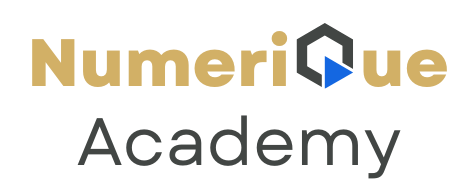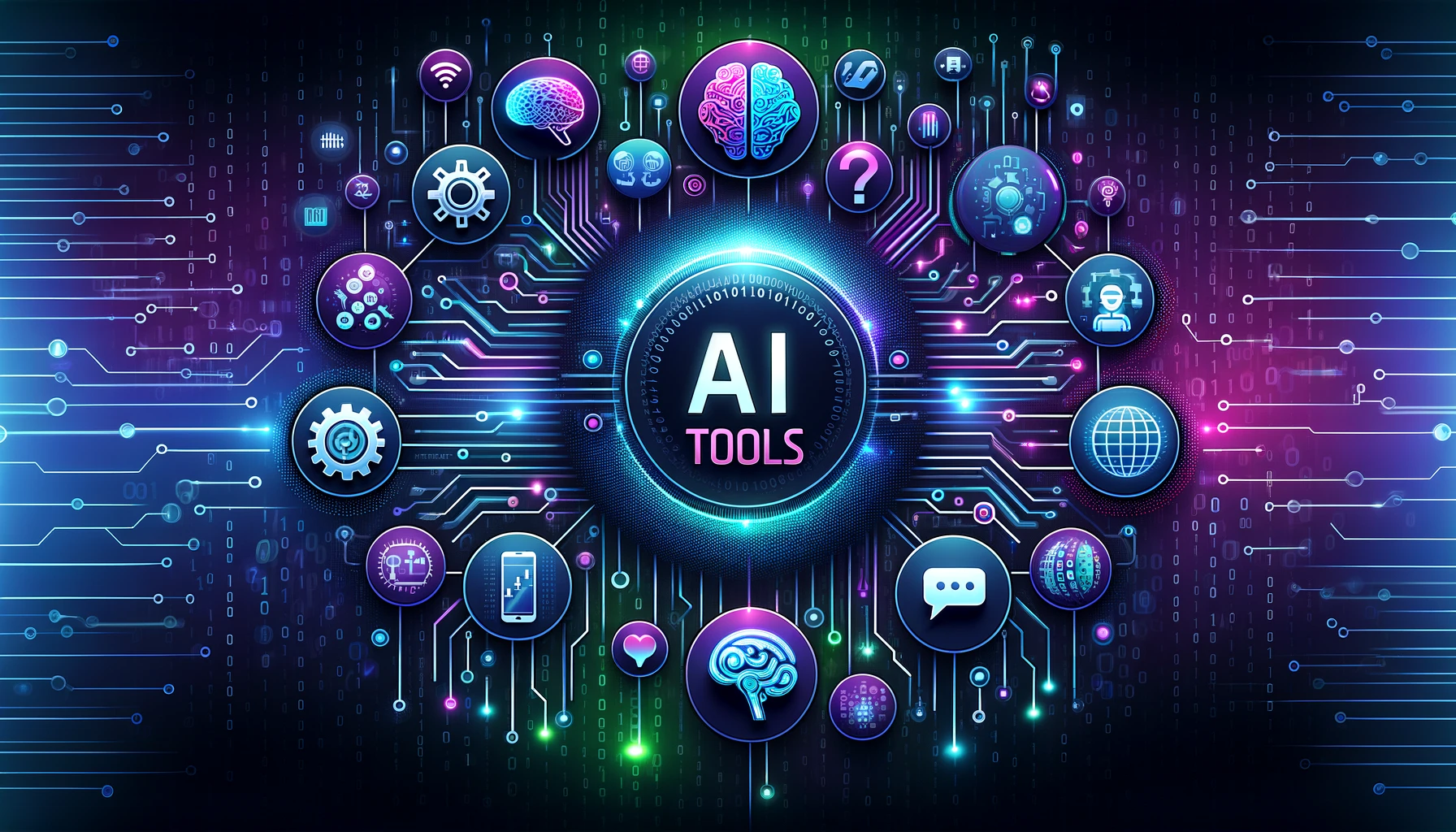In today’s rapidly evolving digital landscape, AI tools are transforming the way educational institutions deliver content, assess students, and engage learners. For digital academies looking to stay competitive and improve student outcomes, integrating AI-powered tools is essential. Whether it’s automating administrative tasks or providing personalized learning experiences, AI is playing an increasingly important role in modern education.
Here are 10 AI tools that every digital academy should consider to enhance learning and streamline operations:
1. Grammarly – AI for Writing Assistance
Grammarly is an AI-powered writing assistant that helps students and instructors improve their writing skills by checking grammar, spelling, punctuation, and style. It also provides suggestions for enhancing sentence structure, clarity, and tone, making it an excellent tool for both learners and educators.
- How It Helps: Teachers can encourage students to use Grammarly for their assignments, improving writing quality. It also helps reduce time spent on manually editing papers.
- Why Digital Academies Need It: It enhances learning by providing immediate feedback on writing, allowing students to improve their skills and learn from their mistakes.
2. Socrative – AI for Real-Time Assessments
Socrative is a formative assessment tool that allows educators to create quizzes, polls, and surveys to evaluate student understanding in real-time. It uses AI to grade responses instantly and provides analytics that help educators track student progress and identify areas where further support is needed.
- How It Helps: Teachers can monitor how well students understand the material and adjust the course content accordingly. It also allows for immediate feedback to students.
- Why Digital Academies Need It: With remote learning, it’s difficult to monitor progress, but Socrative ensures assessments are efficient and effective, enabling real-time student evaluation.
3. Quizlet – AI for Personalized Learning
Quizlet uses AI to create personalized study sets, flashcards, and quizzes for students. It adapts to the learner’s progress and adjusts the difficulty of content accordingly, making the learning process more customized.
- How It Helps: Students can study at their own pace with AI-powered flashcards that reinforce what they need to review most.
- Why Digital Academies Need It: It offers a scalable way to engage students with interactive learning tools that are tailored to their learning needs, improving retention and mastery of subjects.
4. Knewton – AI for Adaptive Learning
Knewton uses AI algorithms to adapt learning content based on the learner’s progress, behavior, and preferences. This ensures that students receive the most relevant material for their current understanding and needs.
- How It Helps: It provides a customized learning experience, helping students learn at their own pace and ensuring that they don’t get left behind or overwhelmed.
- Why Digital Academies Need It: Knewton’s adaptive learning platform can increase student engagement and retention by tailoring content to each learner’s needs, enhancing the overall learning experience.
5. Moodle – AI for Learning Management Systems (LMS)
Moodle is an open-source LMS that integrates with various AI tools to automate grading, provide analytics on student performance, and even support AI-driven personalized learning paths for students.
- How It Helps: It enables instructors to track student performance, set up quizzes, and provide detailed analytics. Moodle also integrates AI-driven content recommendations to keep students on track.
- Why Digital Academies Need It: With an LMS like Moodle, digital academies can centralize all their learning content, assignments, and assessments in one place, enhanced by AI’s ability to personalize and streamline the process.
6. ScribeSense – AI for Handwriting Recognition
ScribeSense uses AI to digitize handwritten notes, assignments, and assessments. It helps educators quickly scan and grade handwritten work, transforming the way assignments are handled in a digital academy.
- How It Helps: Teachers can automate the grading of handwritten assignments, saving time and reducing administrative burden.
- Why Digital Academies Need It: This AI tool bridges the gap between traditional and digital learning environments, allowing teachers to embrace both online and offline assessment methods seamlessly.
7. Canva – AI for Visual Content Creation
Canva offers a powerful suite of design tools that use AI to help users create stunning visual content for presentations, infographics, and online course materials. It can suggest design layouts, color schemes, and typography based on the content you’re creating.
- How It Helps: Teachers and students can quickly create professional-looking presentations and learning materials with minimal effort. AI assists with design consistency and visual appeal.
- Why Digital Academies Need It: Creating visually appealing learning content is essential for engagement. Canva’s AI tools make this easy for non-designers, enhancing the overall presentation of your academy’s materials.
8. Jasper – AI for Content Creation
Jasper (formerly Jarvis) is an AI writing assistant that can generate high-quality written content for blogs, articles, and learning resources. It’s ideal for instructors or course creators who need to generate articles, guides, or educational content quickly.
- How It Helps: It can assist instructors in creating lesson plans, blog posts, course outlines, and other educational content with little effort.
- Why Digital Academies Need It: Jasper speeds up content creation, allowing instructors to focus on teaching while the AI handles the heavy lifting of content generation.
9. Talespin – AI for Virtual Reality Simulations
Talespin uses AI and virtual reality (VR) to create immersive learning experiences. These simulations are particularly useful for practical, hands-on subjects such as business management, healthcare, and engineering.
- How It Helps: Students can interact with real-world scenarios in a virtual environment, allowing for better understanding and practical experience without real-world consequences.
- Why Digital Academies Need It: VR simulations provide engaging, interactive ways to learn complex subjects, giving students a deeper understanding that’s difficult to achieve through traditional methods.
10. Microsoft Azure Cognitive Services – AI for Natural Language Processing (NLP)
Microsoft Azure offers a variety of AI-powered tools, including Natural Language Processing (NLP) capabilities that help digital academies improve the accessibility of their content. Tools such as speech-to-text, translation services, and sentiment analysis make learning materials more accessible and adaptive.
- How It Helps: It can help translate materials for non-native speakers, improve accessibility for students with disabilities, and analyze student sentiment during discussions.
- Why Digital Academies Need It: By integrating NLP tools into their curriculum, digital academies can enhance accessibility, engagement, and inclusivity, providing an equitable learning environment for all students.
Conclusion
Integrating AI tools into your digital academy not only streamlines administrative tasks but also creates a more personalized, engaging, and effective learning environment for students. By using these 10 AI tools, educators can enhance the quality of content, improve student outcomes, and stay at the forefront of educational innovation. Embrace these tools today to future-proof your academy and provide students with the best possible learning experience.

